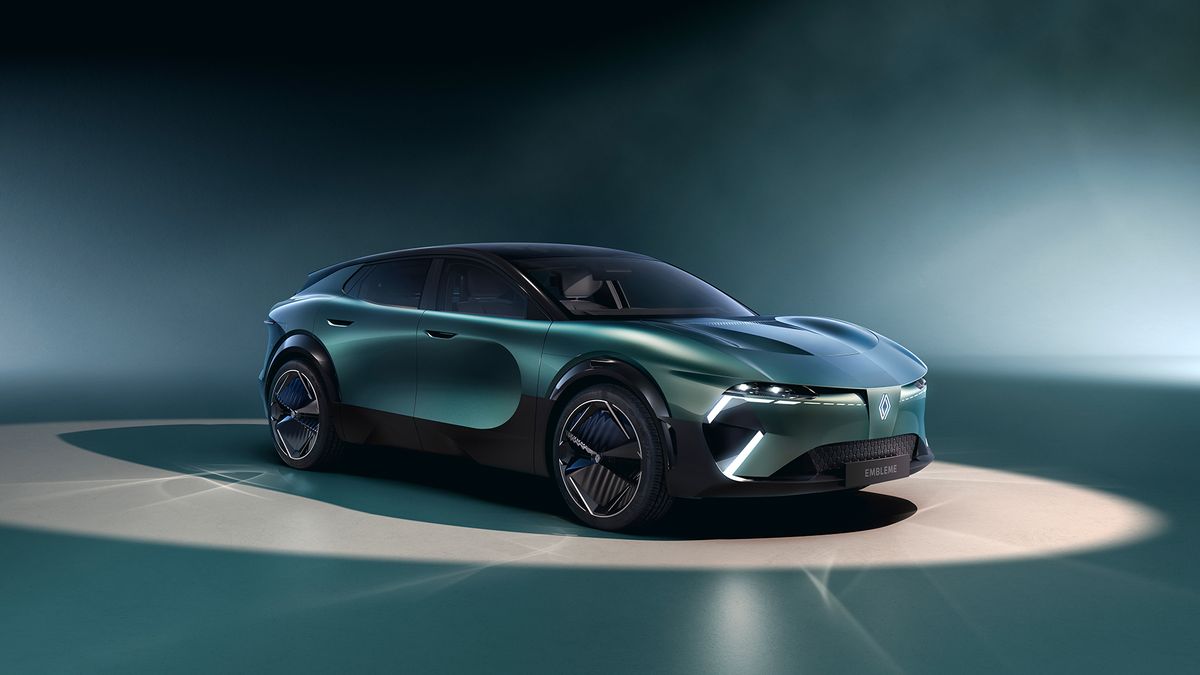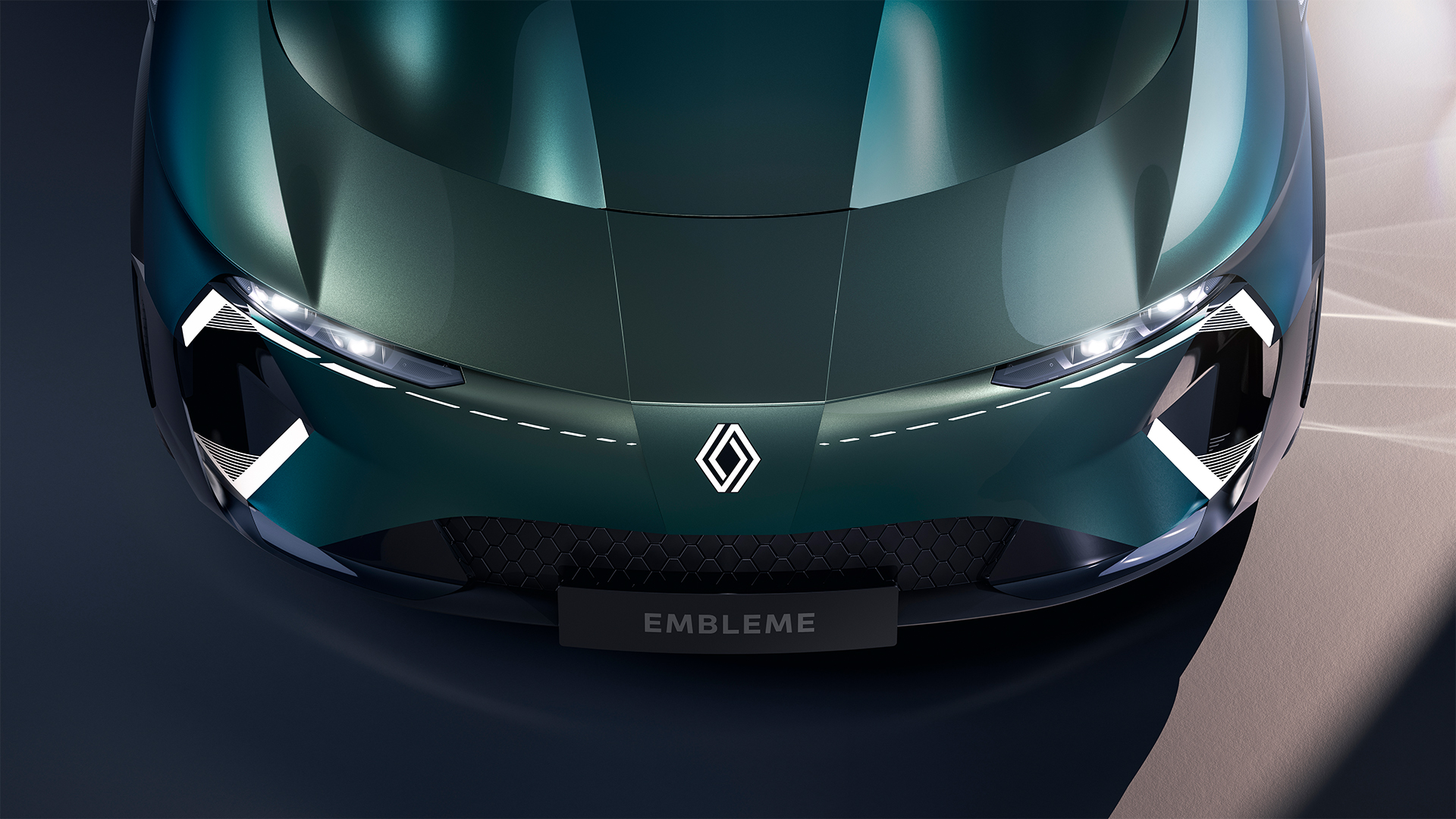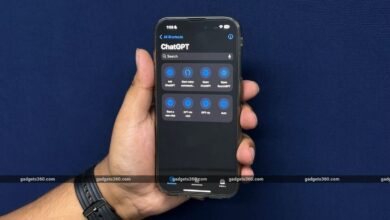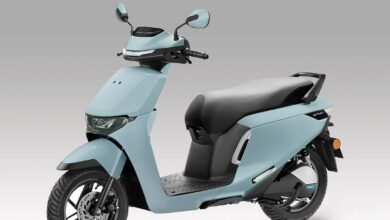Renault’s striking new Emblème concept car runs on hydrogen – could this mark a revival of the alternative fuel?

Renault will, quite predictably, make quite a big impression at the upcoming Paris Motor Show, where the retro-futuristic Renault 4 and this one will be unveiled: an eco-friendly hydrogen hybrid from the future.
The Emblème (think of the accent above the e) differs from other hydrogen vehicles that have come before it in that it uses a conventional 40 kWh rechargeable battery for everyday use and a hydrogen fuel cell for longer journeys.
Compared to something like the Toyota Mirai or the Hyundai Nexo, both of which use small batteries of less than 2 kWh that are continuously charged by a fuel cell, Renault’s Emblème would rely on the larger battery packs for the majority of driving.
To cover longer distances, the 30 kW hydrogen fuel cell is switched on, which runs on low-carbon hydrogen stored in an on-board 2.8 kg tank. According to the French brand, this would allow the car to cover a distance of up to 1,000 km (621 miles) as quickly as a combustion engine vehicle, as the two hydrogen refueling sessions required would take less than five minutes.
There’s no word on top speeds for the clever shooting brake, nor on other performance data, only that Renault is targeting a total weight of 1,750kg, including batteries.

Instead, using French brand Emblème as a case study, it is exploring ways to further decarbonise its fleet as it hopes to reach net zero carbon by 2040 in Europe and 2050 globally… and not just by reducing tailpipe emissions.
The life cycle analysis of the proprietary Captur gas model shows that it emits 49 tonnes of CO2 over its entire lifespan. This takes into account the extraction of materials from the earth, the production process, assembly and the final transport costs.
The latest all-electric Megane E-Tech managed to halve that CO2 figure, to just 24 tonnes of CO2 emissions over an average life cycle, with the vehicle driven 200,000 km (approximately 124,000 miles).
Fast forward to a time when Emblème is in production and the goal is to reduce CO2 emissions by 90% – that’s just 5 tons over the equivalent life cycle.

With fast refueling times and a relatively simple filling process, hydrogen was once seen as a potential silver bullet among innovative automakers looking for an alternative to purely battery-electric vehicles. After all, the only thing a hydrogen vehicle emits from its exhaust pipes is water.
However, there are still only 10 hydrogen filling stations in Britain, while the Department of Energy claims there are 59 retail hydrogen filling stations in North America. The bottom line is that this is not nearly enough to support any kind of mass adoption.
Both Toyota and Hyundai have made progress with hydrogen fuel cell technology, with the South Korean giant focusing mainly on decarbonising commercial trucks with its XCIENT fuel cell truck, as well as bus applications.
Similarly, BMW, Honda and Mazda have all stated that they remain committed to the technology, or have been actively unveiling hydrogen-powered concept cars in recent years.
The technological breakthroughs that these companies have made in recent years could rekindle the love for hydrogen as a fuel source among the world’s largest car manufacturers.
If the difficult problem of a reliable network can be solved, it will effectively provide all the benefits of an electric vehicle, without the concerns about range and long charging times.
However, there is still a lot of debate about how clean hydrogen actually is, since it has to be produced. Unless it comes from wind, solar or other carbon-neutral sources, that process requires energy, often from natural gas.




